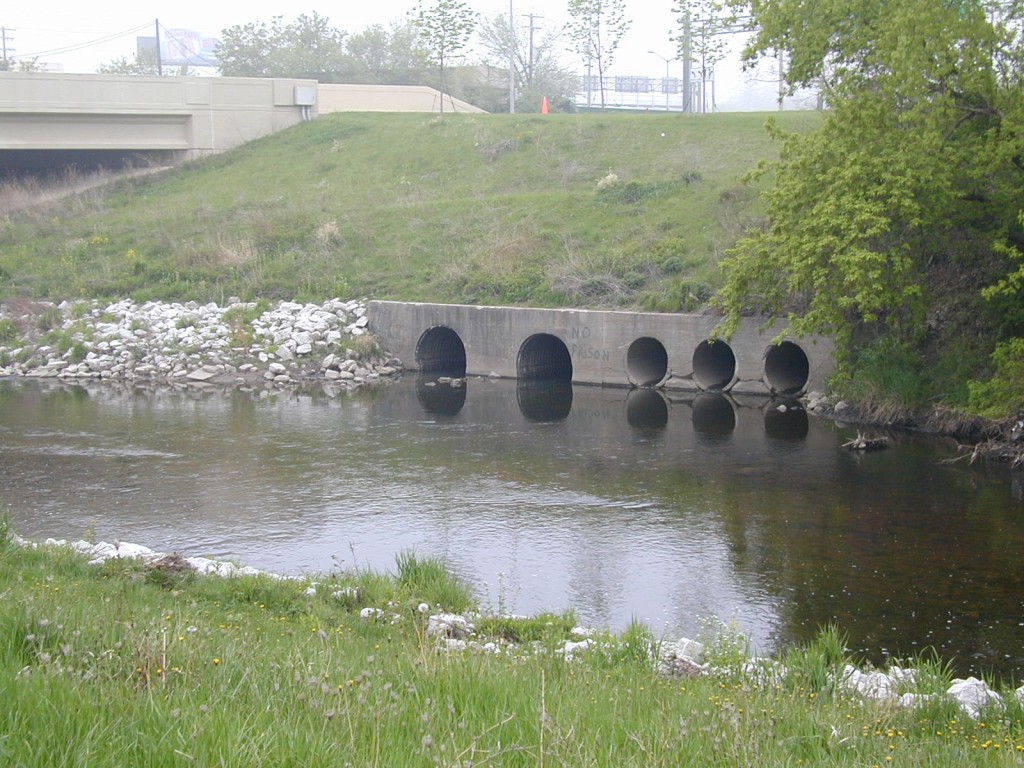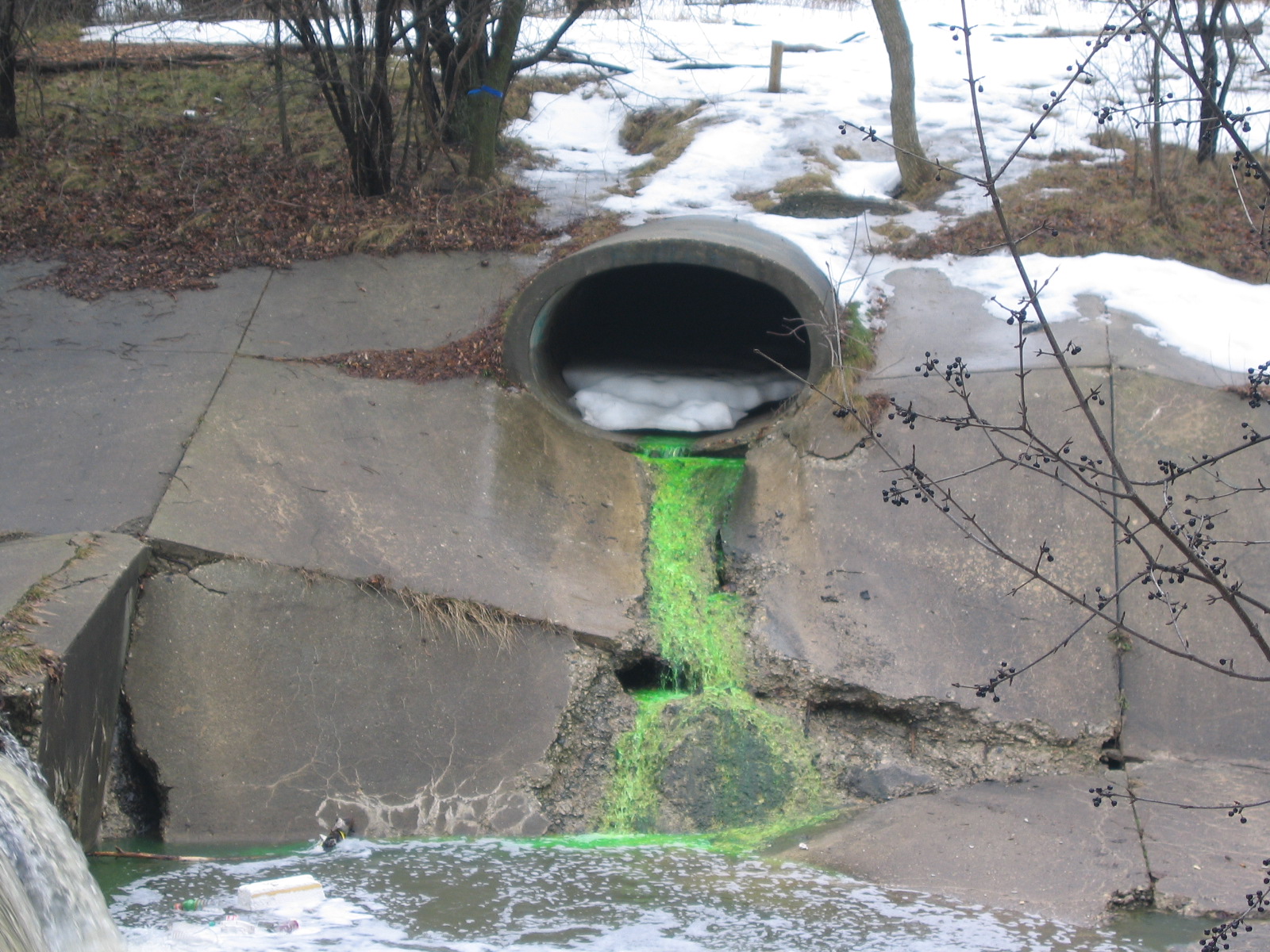
Stormwater outfall in Milwaukee. Image: McLellan Lab, Great Lakes Water Institute.
A recent study found almost 90 percent of storm water outfalls tested in Milwaukee contained human sewage. Almost a third were rated as contaminated at serious levels.
Researchers found bacteria specific only to people in storm water sampled over four years.
The tests do not react with fecal matter from other sources like animals such as dogs, said Sandra McLellan, associate professor and senior scientist at the School of Freshwater Sciences at the University of Wisconsin-Milwaukee.
Beach clean-ups and high levels of E.coli — a bacterium present in feces – in storm water prompted this study, McLellan said.
She and her team work with the Milwaukee Metropolitan Sewage District to improve city sewage pipes.
“Their crew investigates these problems upstream and tries to pin-point where the exact problem is,” McLellan said.
The group also works with the Milwaukee Riverkeeper, local advocates for waterways, by sampling storm water outfalls from 10 and a half miles of the Menominee River, said Cheryl Nenn, the riverkeeper for that group.
Past studies have looked for fecal contamination and E.coli, a bacterium that could be attributed to different sources like raccoons and even waste left on pavement, Nenn said.
This study, however, proved the presence of bacteriodes — the indicator of human feces.
“Our study is a good screening method,” McLellan said.
Based on their results, city engineers added dye to sewage to see where it turned up in the storm water and smoke to the sewer system to check where it exited through leaks. They examined faulty pipes on mini cameras on wheels to locate the problems.
Other studies have come to similar conclusions.
A U.S. Geological Survey study conducted last year in Wisconsin investigated the source, transport and occurrence of human intestinal viruses in municipal well water.
“With viruses now understood to be in drinking water and causing illness, the question becomes what are the sources and how do they get into the wells?” Randall Hunt, a researcher at the U.S. Geological Survey, wrote in an email.
All the water samples, which tested positive for viruses, were also positive for the presence of wastewater, Hunt said.

Stormwater outfall in Milwaukee. Image: McLellan Lab, Great Lakes Water Institute.
Leaky sewage pipes are one source of entry for the viruses.
“It is a lot of detective work,” said Nenn. More research is needed.
“We have kids playing, people wading, kayaking and canoeing in the stream, where there is human sewage,” she said. “This is a problem we can solve, but there isn’t enough funding devoted to pipes.”
This problem is aging sewer systems dating to the early 1900s and that are not maintained. And it isn’t just in Milwaukee.
“We have failing pipes all over,” said Nenn.
U.S. Sen., Mark Kirk, R-Ill., recently awarded Lake Michigan a C for water quality because cities dumped 65 billion gallons of raw sewage into it last year, reported the Chicago Sun Times. He gave beach water quality a D. Kirk is pushing for a ban on sewage dumping in the lake.
A recent University of California study came to the same conclusions as McLellan’s group. They added dye to sewer pipes in the Santa Barbara, Calif. area and traced it to nearby storm drains.
The age of the sanitary sewer systems, their leakages and the short distances separating them from drinking water wells create public health risks, wrote Hunt.
McLellan hopes the study makes people willing to invest in sewer upgrades. Most people do not think about sewage pipes because they are underground, but these old pipes could lead to chronic and expensive problems, she said.
